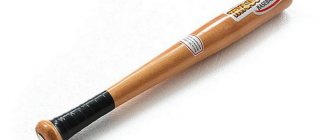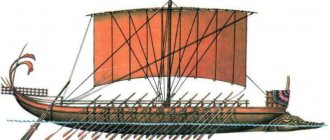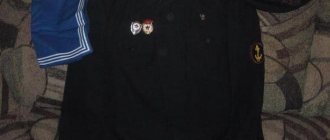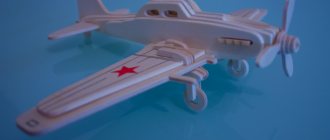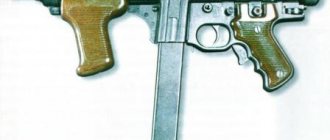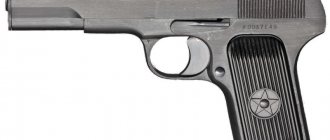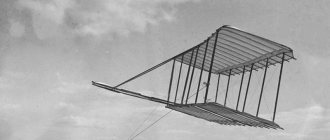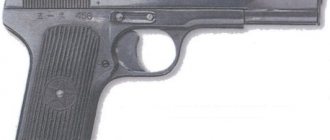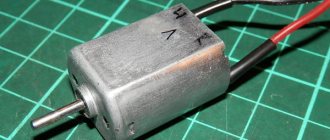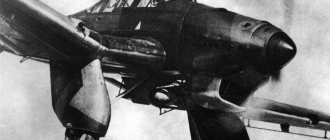Tankist & Modelist
Published: 05/12/2018 16:47
The new model of the T-34\85 is the latest completed development in the armored vehicles section. It has been asking for a long time and was highly anticipated by the majority of domestic modellers. Let's see what came out of this in the end. Catalog number - 3687 , scale - 1\35.
Packaging and equipment.
The most standard for all models from Zvezda is a medium-sized colored cardboard box containing green plastic sprues in a sealed transparent bag, a transparent sprue, a nylon mesh, a sheet of decals and instructions.
Workmanship, detailing, advantages of the set.
There can be no serious complaints about the overall quality of casting and manufacturing of parts. The castings are made with high quality and look no worse than other modern models.
The manufacturer took a very careful approach to simulating various small details and nuances. The model is replete with welds, even very small ones in inconspicuous places. All bolts, rivets and service hatches are cast with high quality and should be “readable” on the surface even after painting. All the casting is, in principle, quite thin, the fenders in plastic look decent, and even the original handrails can be installed if you assemble the model out of the box.
The mesh on the MTO, according to the instructions, is made from the nylon mesh included in the kit. But you can easily use photo-etching there, because... The plastic part of this lid itself is spilled with ready-made empty “windows”. This certainly makes me happy.
The presence of a homemade “stove” installed in the stern is an interesting highlight of this set.
Surveillance devices are provided with transparent parts, even in the driver's hatch.
I was very pleased with the tracks - they were cast very clearly and even the two side holes in the tracks were made through. The tape itself is semi-composite and here everyone decides for themselves whether this is a plus or a minus. The mark from the pusher is only on ridgeless tracks.
The barrel is cast in one piece - there is no need to adjust or putty anything.
The decals are printed well, no displacements or steps were noticed. There are only two labeling options.
In general, according to the opinion of knowledgeable people, the image of a car from this period is conveyed quite reliably, including the specific prototype on which the model was made.
Disadvantages of the set, that it can be improved.
To our common regret, the model also has obvious disadvantages.
Let's start with what we think is the most noticeable thing - a very mediocre implementation of four grilles on the MTO. Not only are they molded without any hint of holes in them (they are just plastic), but also the top two are made integral with the body. With the current level of technology owned by the manufacturer, doing this is simply not serious. And we’re not even talking about the fact that this approach makes it difficult to use photo-etching (“master sawers” will chew through the plastic here too), but about the fact that it simply spoils the appearance of the finished model. After all, they could have done well. But they didn't. And you shouldn’t hope that good coloring with preshading and modulation will save the situation. Hardly.
Despite meticulous attention to welds, many parts have no imitation casting at all (drive hatch, side clutch housing armor, front machine gun armor, etc.). If we are trying to dig into the materiel, then such noticeable things were worth doing 
The external fuel tanks did not turn out very well - their ends should be absolutely flat, but here the handles are in a kind of recess, as a result of which it turned out to be some kind of “saucer”. And this is very noticeable. And it wouldn’t hurt to change the handles themselves.
Despite the manufacturer's clearly expressed desire to simplify assembly and minimize the number of parts, there is unjustified division on some parts of the model. For example, the balancers are assembled from two parts, the springs are given separately from the suspension shafts, but are only half made, and all this is practically hidden behind a massive roller.
There are no tides at the pistol ports on the turret.
The brackets for attaching the straps on the right side of the hull should be replaced with homemade ones made from wire; after all, the plastic imitation is only suitable for out-of-the-box assembly.
The cables are made entirely of plastic, it is better to replace them immediately. The same fate should befall the radio operator’s machine gun. It is better to drill out the exhaust pipes and horn.
Conclusions and comparison with analogues.
The model leaves a very mixed impression. And that is why she will receive a double rating (for the first time in three years on our resource).
If we consider it solely as a replacement for the old model in every sense (low price tag and category - “for kids and beginners for a couple of evenings”), then the new T-34\85 turned out well for Zvezda. Most likely, this is exactly what the manufacturer was aiming for.
First rating: 4.2 out of 5.
But if you look at the new product as a 21st century model from a manufacturer with excellent modern technologies for developing and manufacturing plastic models, then the situation looks somewhat different. Considering the stated negative features of the set, many of which could have been avoided, we are somewhat perplexed by the final result. After all, we have all seen MSTU, Panther, Ferdinand, Iskander... And the new T-34, in our opinion, does not fit into this wonderful lineup. They were in a hurry, didn’t finish watching or something else. It's a pity…
Second rating: 3.3 out of 5.
PS - well, yes, we completely forgot.
For this price, the model is a completely suitable “testing ground” for conversions and cuts of various “depths” and sanity. Fans of counting bolts and building one correct T-34 model should have already picked up this set. Or even more than one. But that's a completely different story. Did you like the material? Share it with your friends!
Making a tank from origami modules (without glue and scissors)
Origami is the ancient art of making various animal figures, flowers, and paper toys without using scissors or glue. It originated in Japan and spread throughout the world.
Origami is an exciting activity that can not only captivate a child for several hours, but also develops perseverance, attentiveness and patience.
Modular origami is a more complex technique for making figures, when work requires not one, but several paper sheets. Below is a step-by-step diagram for making a paper tank. In this case, you should perform the following actions:
- Take a sheet of paper (can be colored, green or brown), fold it 4 times and mark folds on the edges.
- The leaf turns back. The middle part bends in, creating a zipper fold.
- Next, this fold should be folded towards you.
- Folds are made on the upper front part, and then the same on the back.
- The lower part bends away from itself.
- The lower part of the top layer should be raised.
- The upper part bends towards the edge. This creates pockets that should be opened and straightened.
- Turn the product over and bend the side parts back, guided by the bends on the other side.
- Fold the corner, lifting the bottom part.
- The pockets open up and straighten out.
- The lower part bends away from itself. The gun goes down.
- The gun bends.
- The final stage is gluing the necessary parts (wheels, sprockets, etc.).
See also:
DIY photo frames made of cardboard and paper
